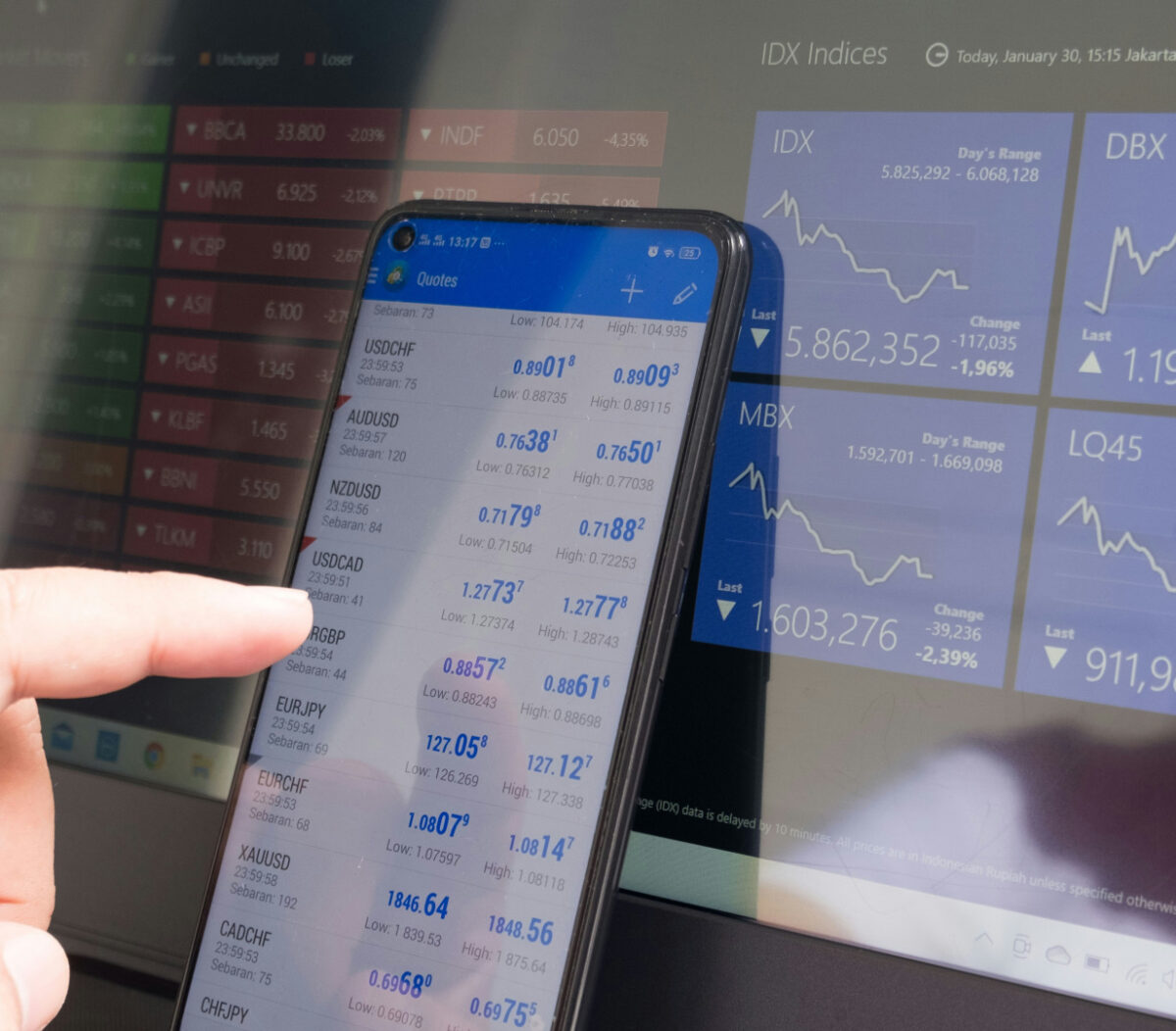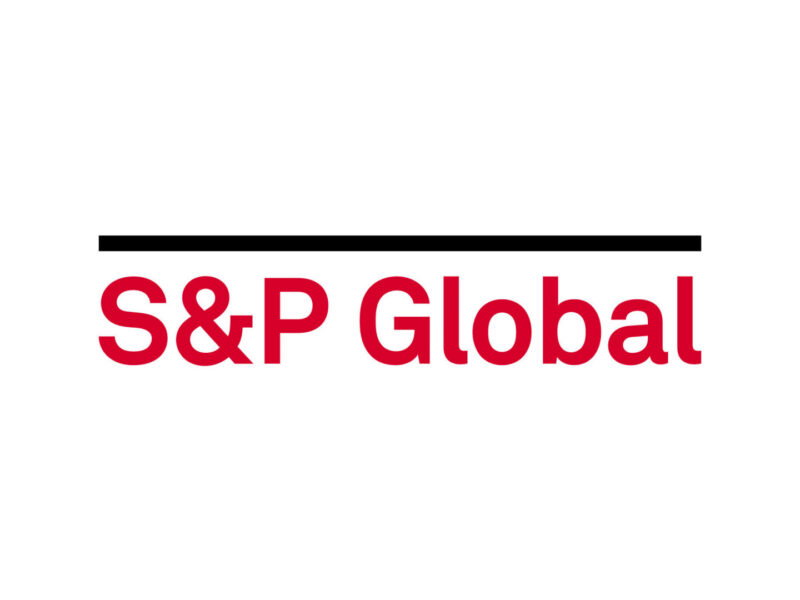Insight & Analysis | Financial Technology & Services (FTS)
The Future of Bank Technology

A Recap of THL’s Inaugural Bank Technology Panel | December 2023
Key Takeaways:
- The banking industry is still in the early stages of its digital transformation journey.
- Opportunities abound for banks and credit unions to modernize their technology stacks and stay competitive or grow market share.
- THL hosted its inaugural Bank Technology Panel in December 2023 to discuss these opportunities and other current trends like generative AI in banking, the rise in partnerships between banks and FinTech solution providers, and general consolidation across the space.
The Bank Technology market is experiencing a period of remarkable change. Traditional banks are facing increasing competition from emerging neobanks at the same time that the digital native generation is driving new banking expectations. To keep apace with these trends, banks need to modernize their operations and rethink their business models.
While most financial institutions (FIs) have embraced technology — by the end of 2022, 89% of banks and 96% of credit unions had launched or planned to launch a digital transformation strategy1 —even the early adopters have a long way to go since execution is still in the very early stages.
So what does this mean for the future of banking and Bank Technology? To discuss the latest trends in the sector, THL hosted its inaugural Bank Technology Panel in December 2023. Panelists from THL included Managing Director and Head of Financial Technology & Services Ganesh Rao, Managing Director Brian Radic, and Principal Stephen Lantz. Joining them were industry veterans Mark Forbis, Former CTO of Jack Henry and Current THL Executive Partner; Scott Happ, Former CEO of Optimal Blue and Current Advisor to Black Knight; and Gilles Ubaghs, Strategic Advisor with Datos Insights.
Here are the highlights from the conversation.
A bank’s modern tech stack
As recently as 5 years ago, most traditional banks were running on legacy systems using many manual, paper-based methods and local and fragmented networks Until the COVID-19 pandemic ultimately forced them to start digitizing, banks seemed hesitant to disrupt the status quo or jeopardize the personalized banking experience that they have been providing for decades.
“COVID accelerated some of [the] need and desire to move more digital,” said Forbis. “But at the same time we want it to be digital, [we] still want it to be personal. That’s where some really cool modern tools come into play.”
THL has been around the bank tech ecosystem for several decades. “Our investment [in the Bank Tech space] really started off as being a customer of a lot of Bank Tech companies,” said Rao. “We’ve invested in banks, mortgage companies, specialty finance businesses, and through that experience started to come to the realization that our tech providers actually have much, much better business models [and] better investment opportunities than actually being the customer. We [pivoted] our focus accordingly.”
As banks continue to modernize their tech stacks and embrace emerging tools, we see particular progress across key banking sectors, including:
- Core modernization: replacing or enhancing a bank’s legacy systems with modern, typically cloud-based, solutions that allow for lower operating costs, faster operational changes and adaptable customer service.
- Digital banking: allowing customers to check their account balances, transfer funds, pay bills online, as well as any other financial transaction that use to require physically going to a bank branch
- Regulatory technology: automating and streamlining regulatory processes, like compliance, reporting, and risk management.
- Digital lending: allowing banks to offer credit products online and digitize their lending processes — including applications, underwriting, approvals, and disbursement.
The Mortgage Market vs. Other Loan Types: The Digital Lending Opportunity
As Lantz alluded, the mortgage market has been leading the digitization of lending. Compared to other loan types, mortgage lenders — including big banks, regional and community banks, even independent mortgage banks — use relatively modern loan origination systems (LOS’s) that can easily integrate with third-party providers across the lending ecosystem.
There are two key factors advancing the digitization of mortgage lending, according to Happ. On one hand, it is a highly standardized product category with clear rules set by government agencies like Fannie Mae, Freddie Mac, and Ginnie Mae. On the other hand, the mortgage market is huge and revenue potential is high, so banks need to have a competitive offering. These factors have given FinTech providers a strong incentive to create new solutions to serve the needs of banks.
By contrast, the consumer and commercial lending arenas are still heavily reliant on first generation systems. While consumer systems are starting to modernize across products like personal loans, auto loans, and HELOCs, commercial lending is still a very challenging space with bespoke and piecemeal processes.
“It’s a little bit of a hot mess,” said Happ. “You have loan officers that are using one system to kind of track their activities, you have processors who are using email and PDFs and local network storage files to keep documents, you have underwriting or credit spreading that’s being done in Excel by analysts using some traditional process that’s been invented at that bank… There’s a lot of paper generated at many of these committee meetings. You have separate closing document systems. The one thing that’s I think oftentimes been automated is the upload to the core, but that’s the smallest part of the process.”
Where there are challenges, of course, there are also opportunities to embrace technology solutions. “I think there is an opportunity to really automate this commercial lending process for [thousands] of organizations that are on first generation legacy systems,” continued Happ. “We’ve yet to see that emerge at scale, but I’m going to be looking for that over the next several years.”
Future of Bank Technology
In addition to advancements in commercial and consumer lending, we see other emerging trends within Bank Technology, including generative AI, bank-FinTech partnerships, and continued consolidation in the space.
Generative AI
Banks have been using some form of AI for decades to automate processes like fraud detection and anti-money laundering. When it comes to generative AI though, some big questions and concerns remain.
“What scares banks, and this is the thing I think all vendors need to talk about, all banks need to get to grips with is, there’s so much fear over AI hallucinations,” said Ubaghs. “Is it going to do something weird? Is my personal advisor going to give some really sketchy advice? Is there some sort of liability risk there? And so what banks want more than anything else is, they want that human interaction, they want that human level…Banks want Iron Man. They don’t want the Terminator.”
As such, we believe the first use cases of generative AI in banking are likely to be in the back office. For example, internal chat functions, document search, and HR and IT support. Beyond that, generative AI also has the potential to transform lending processes, centralize customer engagements like online chats, phone calls, and bank teller interactions, and analyze large swaths of factual data for things like credit memos, which, according to Forbis, currently take 2-4 hours of manual work.
Partnerships between traditional FIs and FinTech solution providers
Before the pandemic, banks who have partnered with a FinTech provider tended to have just one partnership. According to Radic, that number has nearly tripled in the last few years. Despite the increase, almost 40% of these partnerships fail to fully operationalize because, benefits aside, implementing them has been a challenge. What are the risk issues? How will revenue be split? Who owns the customer relationship?2
“Tier one players recognize the benefits that FinTechs can bring them, not as competition, but as partners enabling their own technology and services within the bank — maybe it’s a white label service, maybe it’s a co-brand, maybe it’s a reselling relationship,” said Ubaghs.
Whatever the case, we’re seeing new approaches that will hopefully improve partnership implementation and ultimately bring efficiencies to otherwise complex manual workflows.
More innovation, consolidation, and potential for regional banks
Whether banks choose to partner with FinTech companies or try to build their own technology solutions, we expect to see continued innovation across the space — but with it, continuing the historic trend of consolidation, providing both threat and opportunity for smaller regional banks.
As Ubaghs noted, over the past 100 years the number of financial institutions in the U.S. has dropped from 31,000 to about 4300, but “if you look at the market…there’s more competition, more dynamism. The U.S. is still very unique, with easily one of the most competitive markets in the world.” Given that competitive landscape, “there is no layer of the [bank] tech stack, there’s no product, there’s no service that is not being impacted by digital transformation by new market entrants,” Ubaghs continued. “It actually gives a big inroad for smaller banks to suddenly start gaining market share [if] they can improve their technology, improve their offering, and then combine that with [their existing] relationship offering.”
Regardless of size, digital providers and forward-thinking FIs can leverage solutions such as cloud technology to build flexible solutions with API-first architecture. The pandemic certainly lit a fire for banks to modernize, but like Radic said, “We’re very much in the early innings of this broader digital transformation.”
Watch the panel in full here or contact our team today to learn more about THL’s activity in Bank Technology.
Ganesh Rao
Managing Director and Head of Financial Technology & Services
grao@thl.com
Brian Radic
Managing Director
bradic@thl.com
Stephen Lantz
Principal
slantz@thl.com
1 What’s Going On In Banking 2022: Rebounding from the Revenue Recession. Cornerstone Advisors. 2022.
2 EYP, How banks can fix broken fintech partnership models; Bain, United We Thrive:
THL Insights: The Future of Bank Technology
- Verticals
- Financial Technology & Services (FTS)
- ISO
- Bank Technology
- Verticals
- Financial Technology & Services (FTS)
- ISO
- Bank Technology



